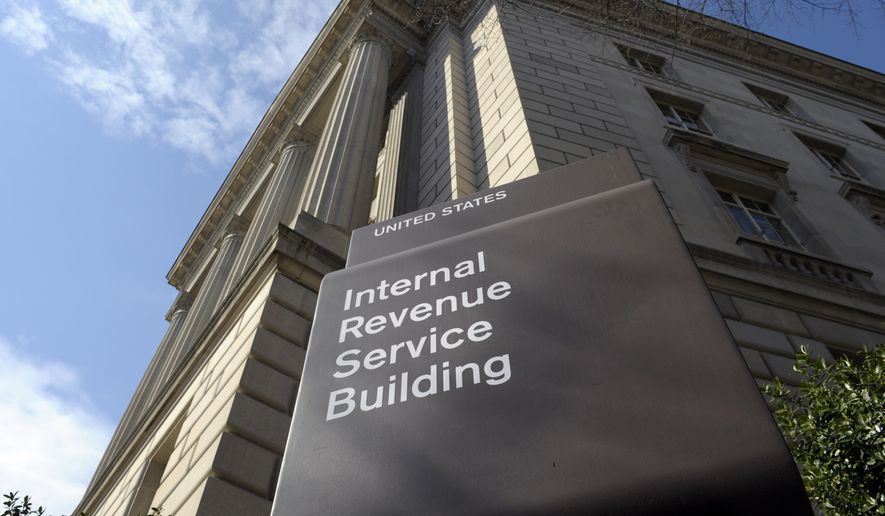The IRS is about to launch yet another digital system designed to spot “frivolous” tax returns after the last several systems let too many bogus claims through, according to a recent tax audit released this month.
The tax agency had thought it had solved the problem when it moved to a new system in 2012, but there was a major drop in the number of frivolous tax claims flagged. Employees eventually figured out the new system was missing a number of bogus claims.
So they went back to the original system — one the agency initially had said was too time consuming. Yet the agency’s inspector general said the IRS is still missing a number of frivolous tax claims, either because employees aren’t trained well enough to spot them or because the dollar threshold for investigating is too high.
The IRS insists it has a new system ready for the upcoming filing season that will finally set things right.
“Our review identified that the IRS’ processes and procedures are contributing to the reduction in claims it identifies,” Michael E. McKenney, deputy assistant inspector general for audit, wrote in his report.
His probe found that about 58,000 returns investigators examined from 2015 didn’t get flagged, even though they should have hit an internal trigger for excessive tax withholding.
“Fraud patterns are constantly evolving. As such, the IRS needs to continuously adapt its detection processes to include evaluating the use of specific dollar tolerances that may be known to fraudsters,” Mr. McKenney wrote.
The IRS lists more than 50 potential frivolous claims, which include a wide range of excuses taxpayers make to get out of paying what they owe. Among those is the frivolous redemption claim, in which taxpayers submit false information about what they earned and what was withheld.
Spotting those claims has long been a goal for the tax-collecting agency.
The original system relied on computer software that forced users to probe data sets for problems, and the IRS said it resulted in employees manually inspecting some 180,000 returns per year.
In 2012, the IRS switched to a new, more automated software system for identifying the frivolous claims.
But by 2015, the agency said a declining number of claims meant there simply wasn’t enough data to plug into the new system to “train” it to work properly. There were 51 confirmed cases processed in 2015, down from 1,556 two years earlier.
The IRS went back to its more manual pre-2012 system for the 2016 tax season, and ended up flagging 145,000 cases for additional review through Oct. 22 of last year — more than 25 times the total number of questionable cases from all of 2015.
The inspector general, though, said even when the automatic system is flagging filings, employees might not be disqualifying them.
Auditors presented two IRS employees responsible for processing amended returns with examples of the fraudulent claims. Both employees said they would have processed them, with one employee citing an income document the agency had previously warned fraudsters were exploiting.
The IRS said they agreed that changes should be made to the inspection processes, but that they can’t complete them right now because of “computer system limitations,” the report said.
The agency has switched to a new automated system for the 2017 filing season, reporting that it has “performed well” thus far.
“With its sophisticated analytics and machine learning algorithms that can identify potentially frivolous returns, we believe better results will be achieved in selecting returns than by having them manually screened and selected by Tax Examiners,” Kenneth C. Corbin, commissioner of the IRS’s Wage and Investment Division, said in the agency’s response to the report.
In June 2016, the agency did root out a fraud scheme involving amended returns and identified 207 confirmed cases several months later. But none were caught at the time the papers were processed, and more than $43.4 million in refunds for the fraudulent returns had already gone out the door, the audit said.
• David Sherfinski can be reached at dsherfinski@washingtontimes.com.




Please read our comment policy before commenting.